Many of you have been following along with our rose preservation journey over the past few years. Today, I’m excited to share our new film, The Rose Ark, which tells the story of this important work and the progress we’ve made since our last update.
For many years, roses lived only along the edges of our farm. Though beautiful, they didn’t fit into our high-yield approach where every inch of ground had to earn its keep. I loved them dearly but couldn’t give them the space or time they deserved—at least not yet.
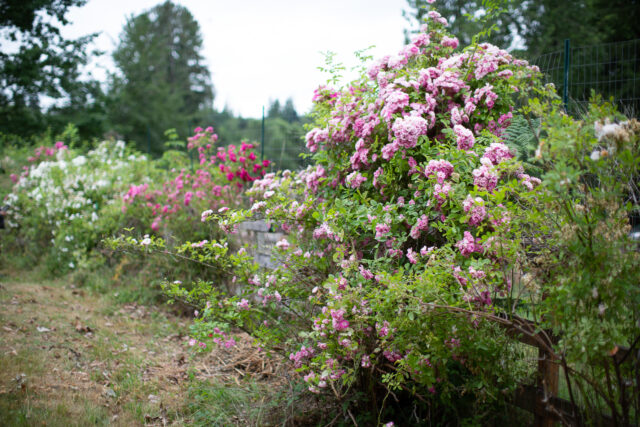 Everything changed when I reconnected with Anne Belovich in 2021. At 96, this extraordinary rosarian had spent 3 decades building North America’s largest collection of rambling roses. Her garden was magical—roses climbing wildly into trees, swallowing fences, and covering old buildings.
Everything changed when I reconnected with Anne Belovich in 2021. At 96, this extraordinary rosarian had spent 3 decades building North America’s largest collection of rambling roses. Her garden was magical—roses climbing wildly into trees, swallowing fences, and covering old buildings.
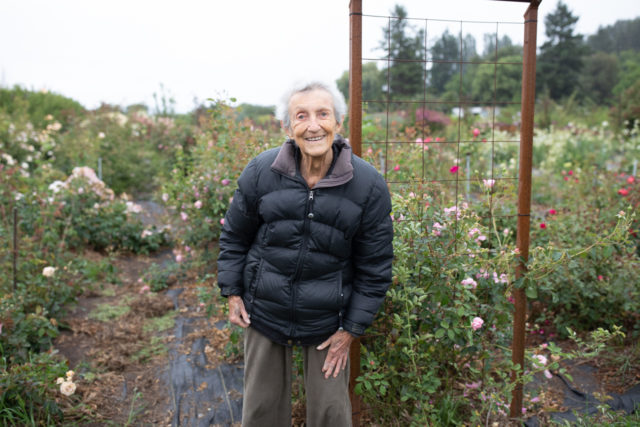 You can learn more about how I originally met Anne and the creation of our rose garden on the farm here, and read an interview with Anne that will leave you in tears here. Before she passed, Anne gave me some important advice: “Don’t be stingy. To inspire and introduce people to the beauty of old roses is an act of love … the greatest legacy.” We also had the honor of telling a small part of her story in the first episode of season 2 of Growing Floret.
You can learn more about how I originally met Anne and the creation of our rose garden on the farm here, and read an interview with Anne that will leave you in tears here. Before she passed, Anne gave me some important advice: “Don’t be stingy. To inspire and introduce people to the beauty of old roses is an act of love … the greatest legacy.” We also had the honor of telling a small part of her story in the first episode of season 2 of Growing Floret.
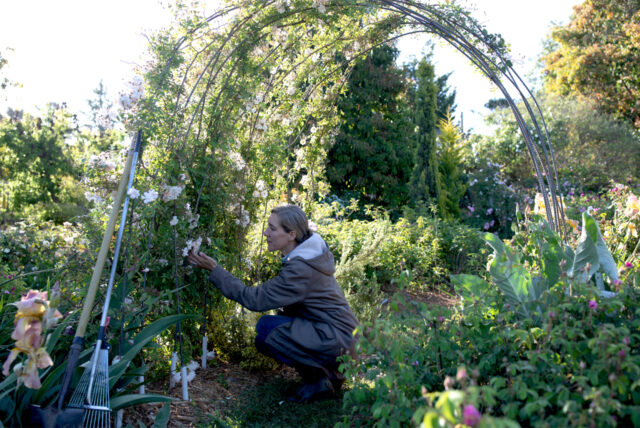 Through researching Anne’s roses, I discovered Gregg Lowery. You can read a wonderful interview with Gregg here and learn more about his foundation, The Friends of Vintage Roses, which is preserving rare roses in northern California. After months of emails and an unforgettable visit to his gardens during full bloom, we decided to adopt all of the old European roses in his collection.
Through researching Anne’s roses, I discovered Gregg Lowery. You can read a wonderful interview with Gregg here and learn more about his foundation, The Friends of Vintage Roses, which is preserving rare roses in northern California. After months of emails and an unforgettable visit to his gardens during full bloom, we decided to adopt all of the old European roses in his collection.
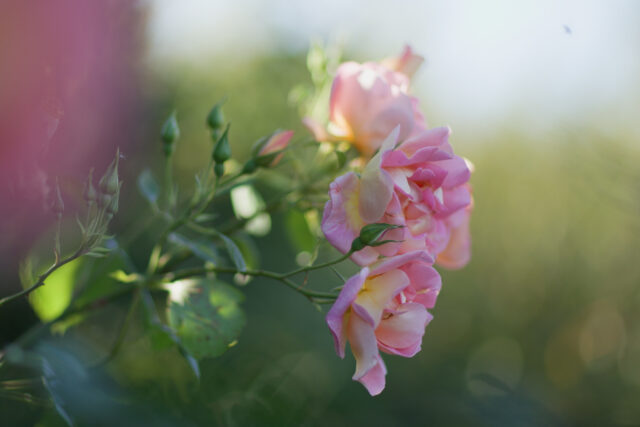 These historic varieties have survived for centuries, but despite their hardiness, beauty, and haunting fragrance, they have fallen out of favor due to the fact that most only flower once per season. These rare beauties are what Gregg felt were most in danger of being lost, and so we agreed to bring them to live here at Floret and share their magic with the world.
These historic varieties have survived for centuries, but despite their hardiness, beauty, and haunting fragrance, they have fallen out of favor due to the fact that most only flower once per season. These rare beauties are what Gregg felt were most in danger of being lost, and so we agreed to bring them to live here at Floret and share their magic with the world.
 Since 2021, we’ve worked steadily, bringing roses in from Gregg and also a number of other small specialty nurseries around the country. When Gregg and his partner Steve visited two summers ago to check in on our progress and teach us more about propagating, I was so nervous—it felt like having your favorite teacher come for dinner. While he was here, he kept urging us to “get them in the ground,” but I didn’t heed his advice quickly enough because the space and the organizational system were not quite ready by season’s end.
Since 2021, we’ve worked steadily, bringing roses in from Gregg and also a number of other small specialty nurseries around the country. When Gregg and his partner Steve visited two summers ago to check in on our progress and teach us more about propagating, I was so nervous—it felt like having your favorite teacher come for dinner. While he was here, he kept urging us to “get them in the ground,” but I didn’t heed his advice quickly enough because the space and the organizational system were not quite ready by season’s end.
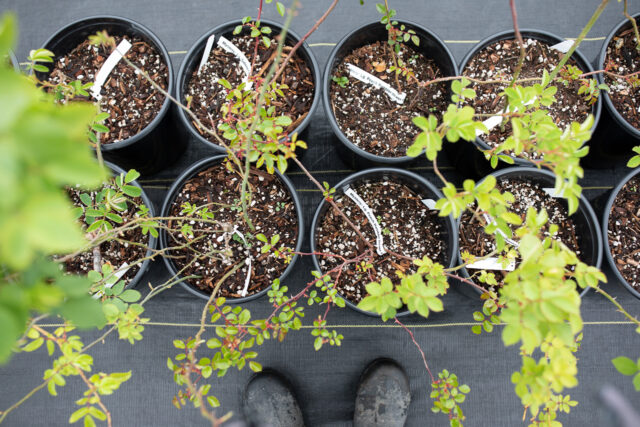 Sadly, that winter ended up being one of the coldest on record, and we lost more than 300 of the precious roses. They just couldn’t handle the low temperatures sitting unprotected in their pots. Gregg is generously repropagating the ones we lost, and while we’re now a bit behind schedule, I think the project will eventually recover.
Sadly, that winter ended up being one of the coldest on record, and we lost more than 300 of the precious roses. They just couldn’t handle the low temperatures sitting unprotected in their pots. Gregg is generously repropagating the ones we lost, and while we’re now a bit behind schedule, I think the project will eventually recover.
 The work to prepare for this collection has required designing a meticulous system. Each class is separated and then organized by color. All of the rows are numbered and correspond with detailed maps, both paper and digital.
The work to prepare for this collection has required designing a meticulous system. Each class is separated and then organized by color. All of the rows are numbered and correspond with detailed maps, both paper and digital.
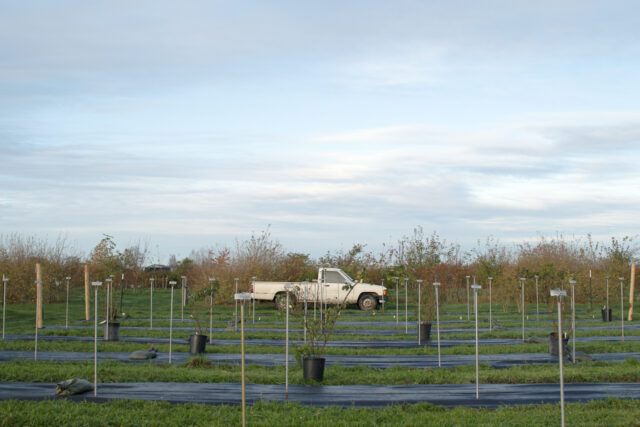 Every variety has a double set of labels—one at ground level and the other at eye level. We installed a special irrigation system, covered the rows in landscape fabric to help with weeds, and, of course, there’s an inventory spreadsheet that would make most people’s eyes water.
Every variety has a double set of labels—one at ground level and the other at eye level. We installed a special irrigation system, covered the rows in landscape fabric to help with weeds, and, of course, there’s an inventory spreadsheet that would make most people’s eyes water.
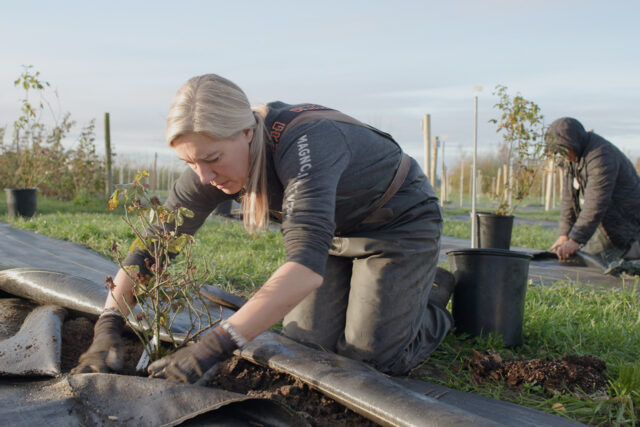 We’ve now gotten hundreds of roses in the ground and have spots ready for all the plants yet to come. This project has become so much bigger than I originally anticipated, and I have a feeling that it will continue to evolve and grow in the decades ahead.
We’ve now gotten hundreds of roses in the ground and have spots ready for all the plants yet to come. This project has become so much bigger than I originally anticipated, and I have a feeling that it will continue to evolve and grow in the decades ahead.
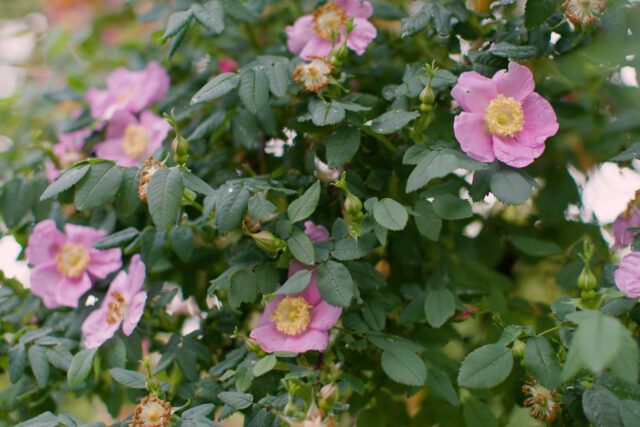 These old roses are part of the living history of our planet, and it’s important that they are preserved for the generations to come. As specialty nurseries continue to close and private collections disappear, the window for saving these treasures grows smaller each year.
These old roses are part of the living history of our planet, and it’s important that they are preserved for the generations to come. As specialty nurseries continue to close and private collections disappear, the window for saving these treasures grows smaller each year.
 To learn more about how you can help ensure the protection and preservation of these rare varieties, be sure to visit The Friends of Vintage Roses website to read about their work. If you don’t have the ability to adopt a collection yourself, you can always make a donation that will help support their efforts.
To learn more about how you can help ensure the protection and preservation of these rare varieties, be sure to visit The Friends of Vintage Roses website to read about their work. If you don’t have the ability to adopt a collection yourself, you can always make a donation that will help support their efforts.
If you are interested in adding any rare or heirloom roses to your garden, you can find my very favorite mail-order nurseries that offer some of these antique treasures in this post.
What’s one of your favorite memories with roses? We’d love to hear about your story in the comments below.
Please note: If your comment doesn’t show up right away, sit tight; we have a spam filter that requires us to approve comments before they are published.

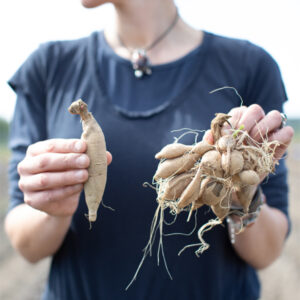
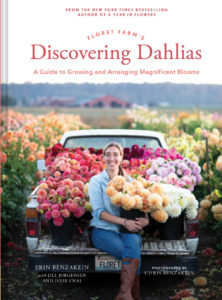
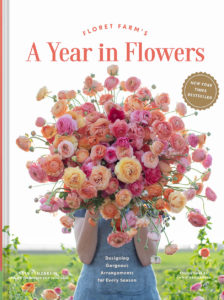
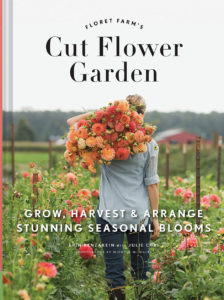

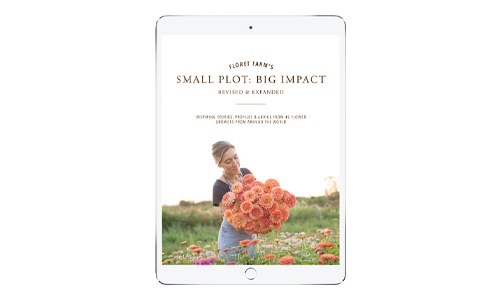
Dawn on
I’m looking for climbing roses in the pink to white color. I want to plant a wall of roses along my fence line that would beautiful to the entrance of my property..I want a rose that would be compatible with 9a and 9b zone. Do you have recommendations of which of your roses to purchase?